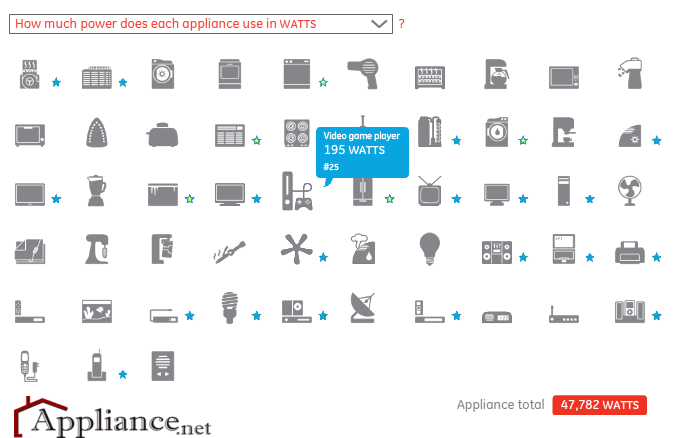According to retailers, the Federal Appliance Rebate Program has increased appliance purchases nationwide. The rebate is for energy efficient appliances which is great – only you might not be getting what that EnergyStar label promises.
A recent report from the Government Accountability Office (GAO) suggests that some Energy Star products aren’t all they’re cracked up to be.
Responding to a request for investigation from Sen. Susan Collins (R., Maine), the GAO submitted 20 fictitious products between June 2009 and March 2010 for certification by Energy Star, a joint program of the Environmental Protection Agency (EPA) and the Department of Energy (DOE). Fifteen of the fakes–including a phony “room-air cleaner” that was little more than a space heater with a feather duster taped to it–received an Energy Star label.
Parade Magazine reports that in response, federal officials announced plans to strengthen the program. From now on, each application will be reviewed individually by an EPA staff member (as opposed to the automated approval process previously in place). By the end of the year, companies that want Energy Star certification for their products will be required to submit lab results from an independent testing agency rather than conduct their own evaluations.
Meanwhile, consumer advocates say we can still have faith in our Energy Star appliances: Most Energy Star brands on the market are about 10% more energy-efficient than their counterparts.
Sen. Collins applauds the reforms, calling them long overdue. “Energy Star wasn’t just slipping a bit,” she says. “It was in danger of falling off the quality cliff–putting taxpayers at risk of getting ripped off. Now that the EPA and DOE are moving to put more stringent oversight in place, I believe consumers will be better served and the integrity of the program will be restored.”

